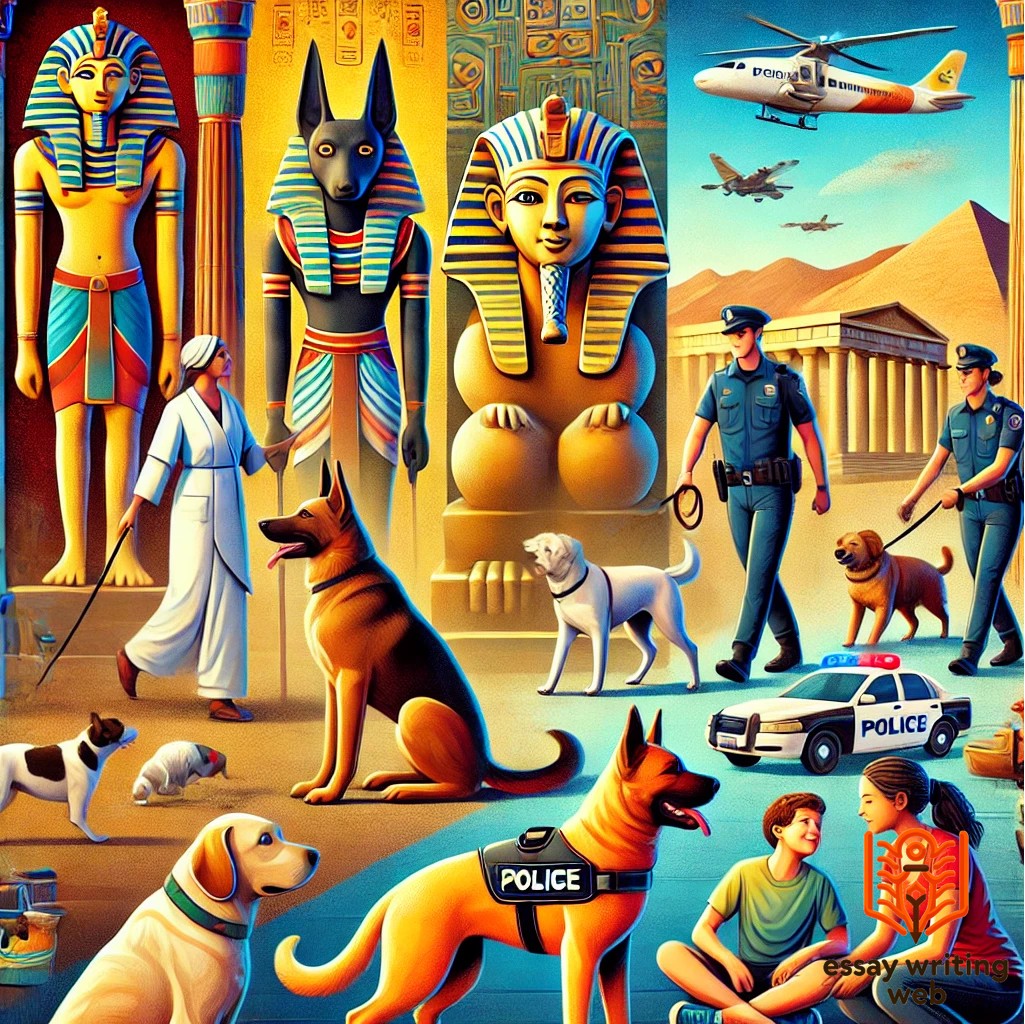 Essay Writing Web
Essay Writing Web
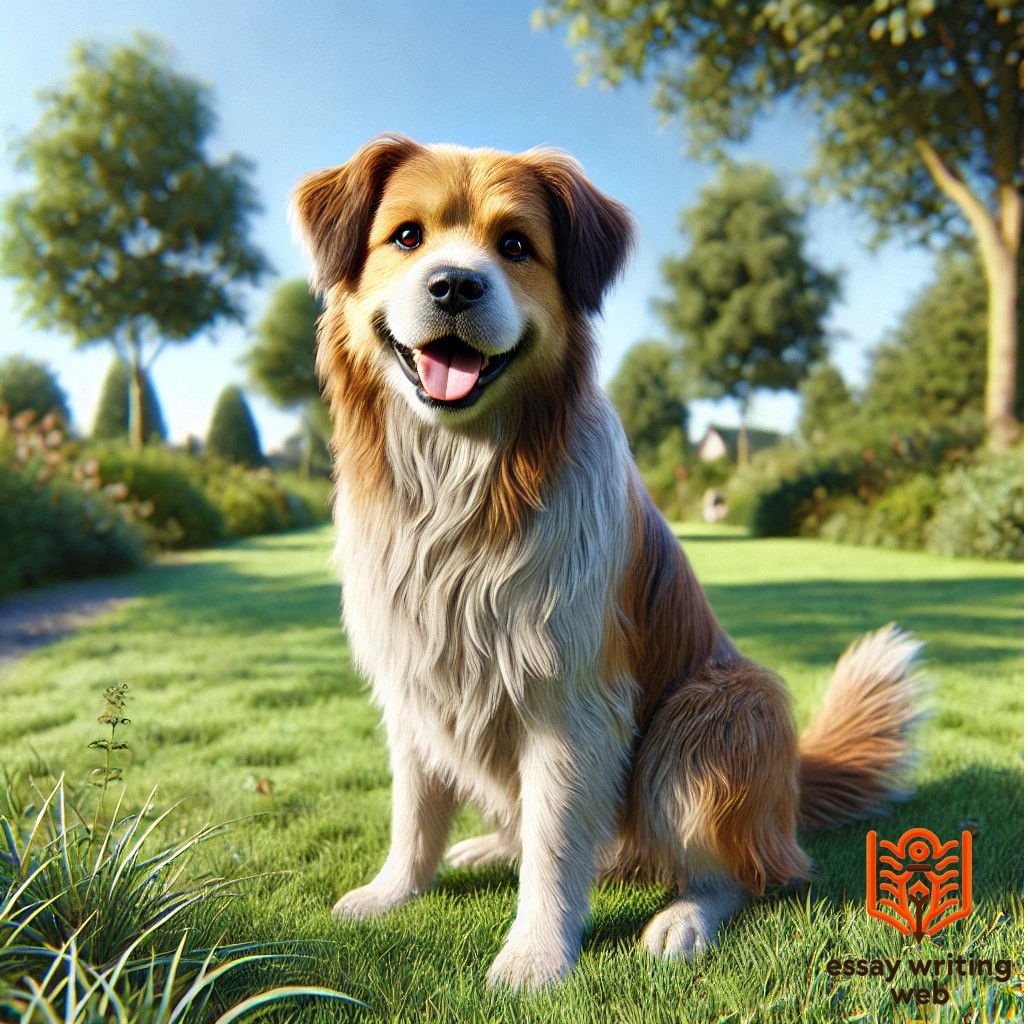
 14-09-2024
14-09-2024
 www.essaywritingweb.com
www.essaywritingweb.com
Dogs have been loyal companions to humans for thousands of years, playing a unique and indispensable role in our lives. As one of the earliest domesticated animals, dogs have developed a deep bond with humans, characterized by mutual trust, affection, and cooperation. Their ability to understand human emotions, sense danger, and offer companionship makes them not just pets but beloved members of many families worldwide.
Historically, dogs have been used for a variety of tasks that showcase their versatility. From guarding homes to herding livestock, from hunting to providing emotional support, dogs have adapted to different environments and needs. Their keen sense of smell and unmatched loyalty have made them valuable in roles such as search and rescue, police work, and assisting the disabled. In many societies, they are also symbols of protection and loyalty, often featured in stories, myths, and art.
The bond between humans and dogs is more than just functional; it is deeply emotional. For many, a dog’s presence provides comfort, joy, and unconditional love. Scientific studies even show that interacting with dogs can reduce stress and improve mental well-being. This is referred to as “man’s best friend.”
Owning a dog also comes with responsibility. Caring for a dog requires attention to their physical and emotional needs, including regular exercise, proper nutrition, and routine health care. In return, dogs offer companionship and unwavering devotion, creating a special relationship that enriches the lives of those who care for them.
The history of dogs is intertwined with that of human civilization, making them one of the earliest domesticated animals. Evidence suggests that dogs were first domesticated from wolves more than 15,000 years ago. This long-standing relationship began when wolves, attracted to human settlements, began scavenging on leftover food. Over time, a mutually beneficial relationship developed as humans recognized the wolves' abilities in hunting and protection.
Selective breeding by humans further shaped the behavior and appearance of dogs, resulting in various breeds suited for specific tasks. In ancient times, dogs were not only companions but also worked alongside humans in hunting, herding livestock, and guarding homes. Different civilizations, such as the Egyptians, Greeks, and Romans, valued dogs for their loyalty and usefulness. Dogs also held a significant place in ancient cultures, often being depicted in art, mythology, and literature as symbols of protection, courage, and loyalty.
In medieval Europe, dogs were bred for hunting, while in other parts of the world, such as Asia and the Middle East, they were used to guard and herd animals. The role of dogs further expanded in the modern era as their intelligence and trainability became evident. Today, dogs not only serve as companions but also work in specialized roles, such as search and rescue, guiding the blind, and assisting in law enforcement.
The journey from wild wolves to beloved household pets reflects the deep connection between dogs and humans, a relationship that has evolved and strengthened over millennia.
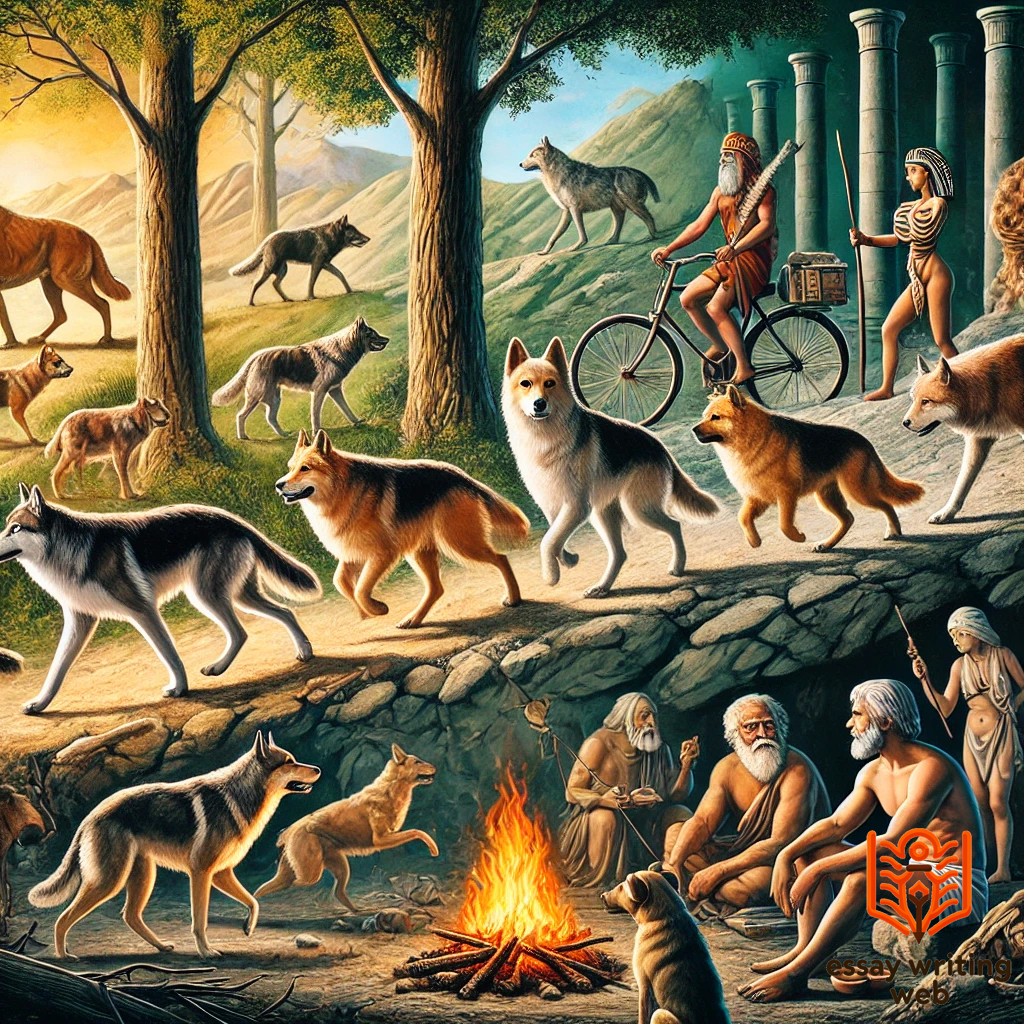
Dogs are incredibly diverse in their physical characteristics, largely due to selective breeding over centuries. Despite this variety, certain common features define them as members of the canine family. Most dogs possess four legs, a tail, a snout, and a body covered in fur, though the details of these features vary widely between breeds.
In terms of size, dogs range from tiny breeds like the Chihuahua, which can weigh as little as 1-2 kilograms, to large breeds such as the Great Dane, which can weigh up to 90 kilograms. This size difference contributes to their diverse abilities, from being lap dogs to working dogs capable of pulling heavy loads.
The shape of a dog's body is typically muscular and agile, built for running, jumping, and playing. Some dogs, like Greyhounds, have sleek, slender bodies designed for speed, while others, like Bulldogs, have more compact, muscular builds for strength.
Fur is another distinguishing characteristic of dogs, with breeds having either short, medium, or long coats. Fur color can vary from solid black, white, and brown to more intricate patterns like spots or brindles. Some dogs have dense double coats, suitable for colder climates, while others have single coats, ideal for warmer environments.
Dogs' ears and tails also vary significantly. Ears can be erect or floppy, while tails may be long, short, or curled. Overall, these physical traits make dogs highly adaptable to different environments and roles, making them beloved companions and workers around the world.
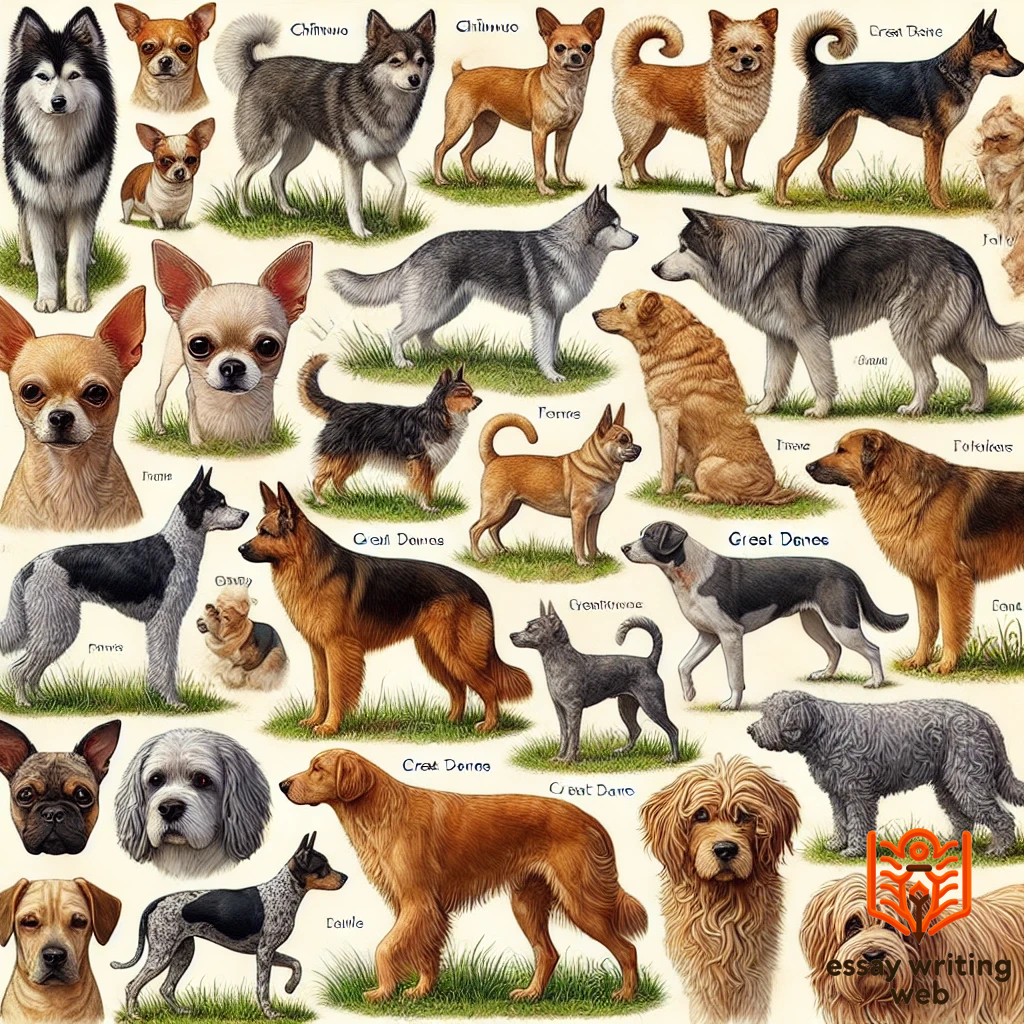
Dogs are incredibly diverse, and over time, humans have bred them for various purposes, resulting in a wide range of types and breeds. Broadly, dogs can be classified into different categories based on their roles, characteristics, and origins. These types of dogs have specific traits that make them suitable for particular tasks and lifestyles.
Companion dogs are primarily bred to be household pets. Their main purpose is to provide companionship and emotional support to humans. Breeds like the Pomeranian, Shih Tzu, and Bichon Frise are small, friendly, and often well-suited for apartment living. These dogs tend to have affectionate personalities and form strong bonds with their owners.
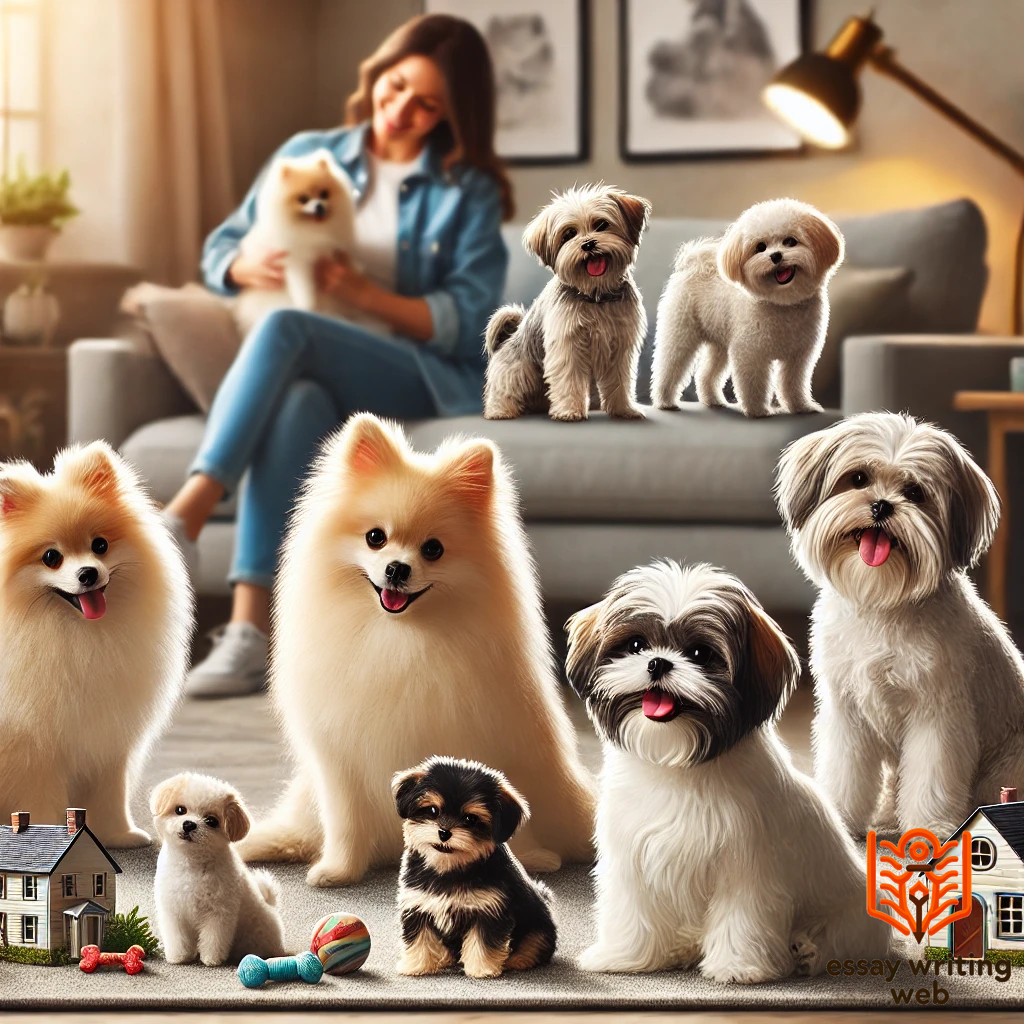
Working dogs are bred for various practical tasks such as guarding, herding, or pulling sleds. Breeds like the Siberian Husky, Saint Bernard, and Rottweiler are strong, intelligent, and hardworking. They often require more exercise and training than other types due to their high energy levels and natural instincts.
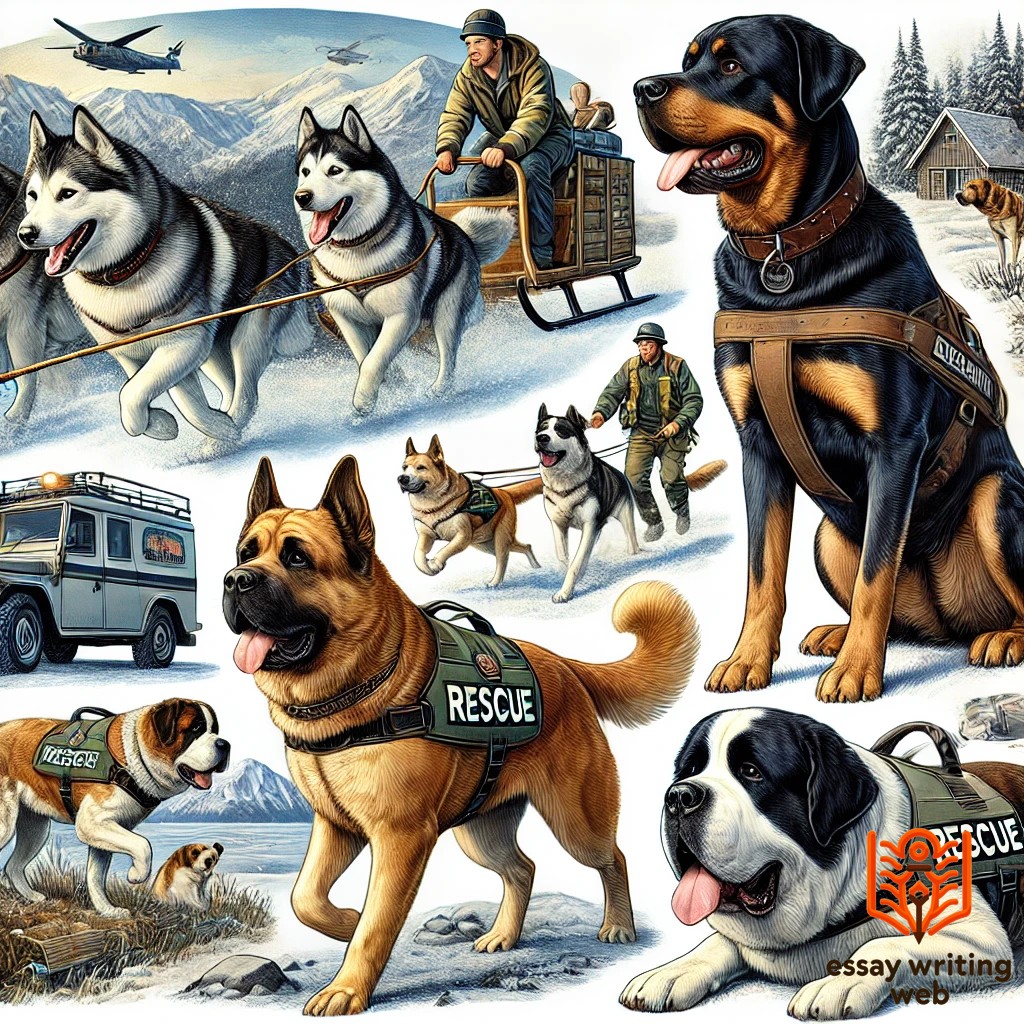
Sporting dogs are bred for retrieving and hunting game. Breeds such as the Labrador Retriever, Golden Retriever, and Pointer have keen senses and are highly trainable. These dogs enjoy activities like swimming and running, making them great companions for active individuals.

Herding dogs are used to manage livestock, such as sheep and cattle. Breeds like the Border Collie and Australian Shepherd are highly intelligent and have a strong instinct to herd. They are quick learners and thrive when given tasks or challenges.
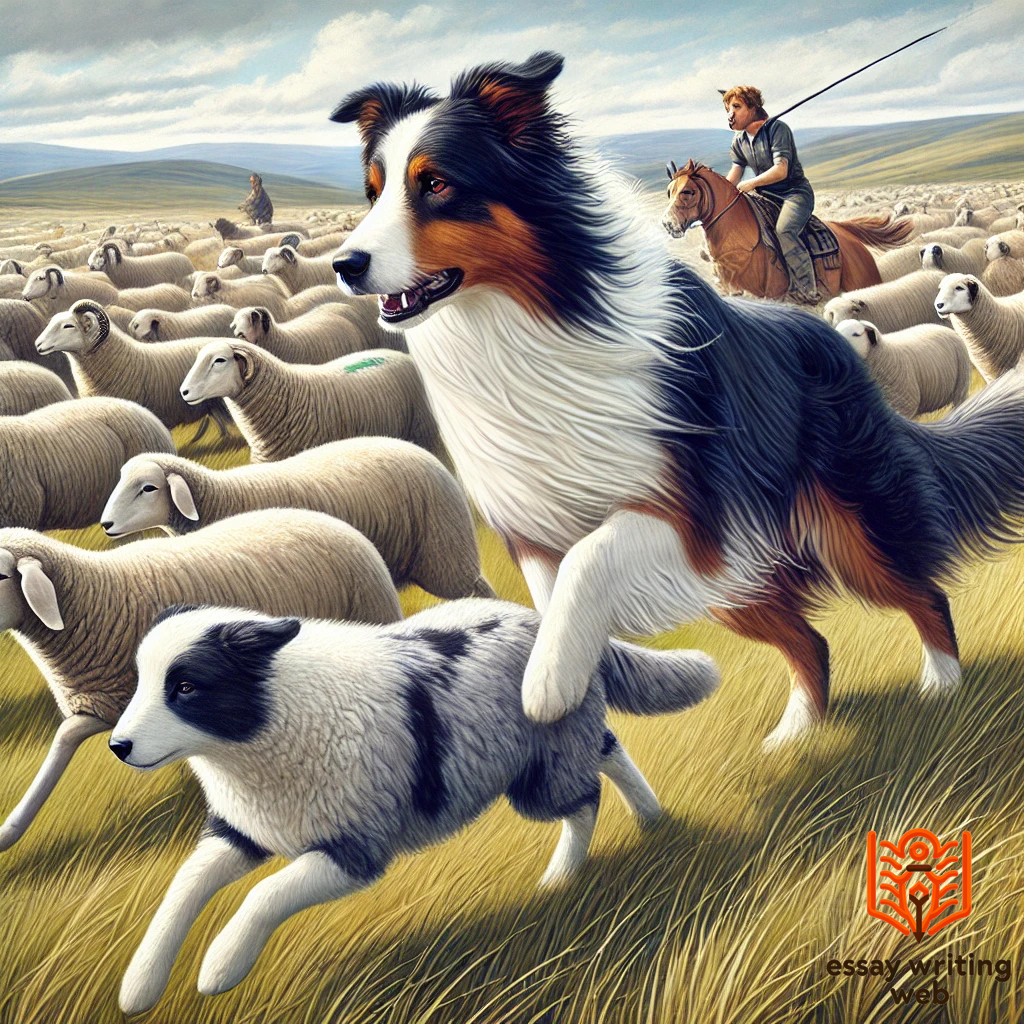
Each type of dog brings its own unique characteristics and skills, making dogs versatile companions and workers in various environments.
Dogs are one of the most loved and domesticated animals across the globe, and their popularity has led to the development of hundreds of breeds, each with its unique characteristics and appeal. Some dog breeds have gained global recognition due to their temperament, physical attributes, and compatibility with human lifestyles. Here are some of the most popular dog breeds around the world.
The Labrador Retriever is widely regarded as one of the most popular dog breeds globally. Known for their friendly, gentle temperament, they are excellent family pets. Labradors are highly intelligent, easy to train, and often serve as guide dogs or therapy dogs. Their affectionate nature and loyalty make them beloved by families and dog enthusiasts alike.
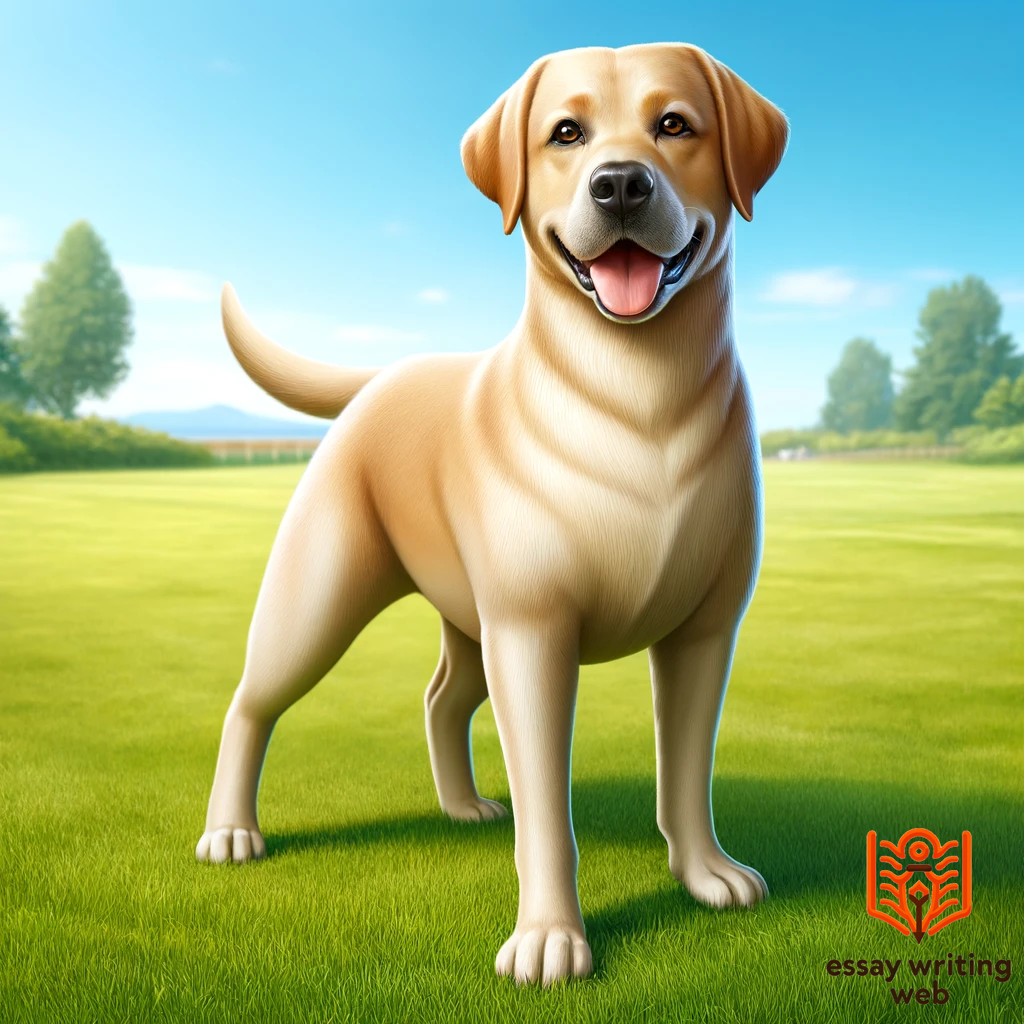
The German Shepherd is a strong, intelligent breed, often used in police and military work due to its loyalty, discipline, and trainability. Known for their protective instincts, German Shepherds are also excellent companions and watchdogs. Their versatility makes them suitable for various tasks, including search and rescue missions.
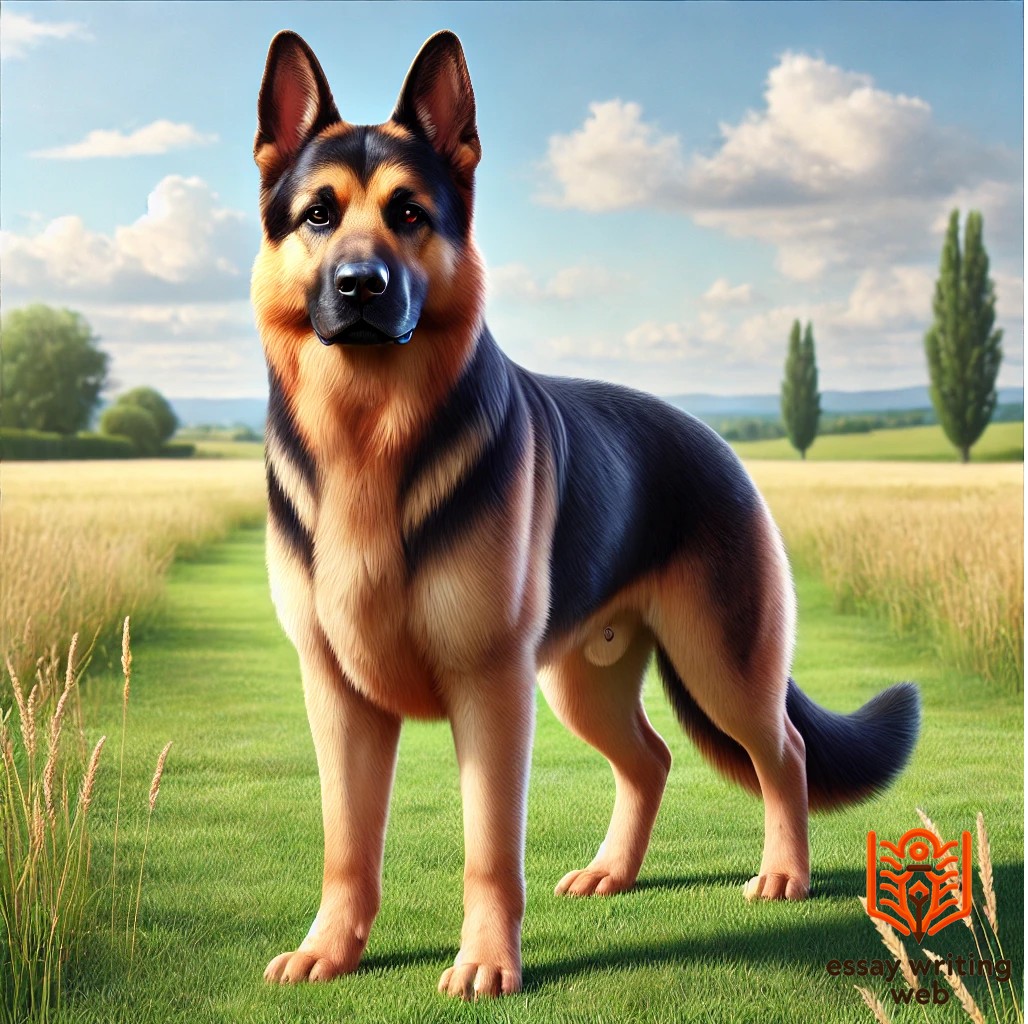
Golden Retrievers are known for their friendly, tolerant nature. Like Labradors, they are often used as therapy and service dogs. Golden Retrievers are particularly popular in families because of their playful yet gentle demeanor. They are also known for their strong retrieving instinct, making them excellent hunting companions.
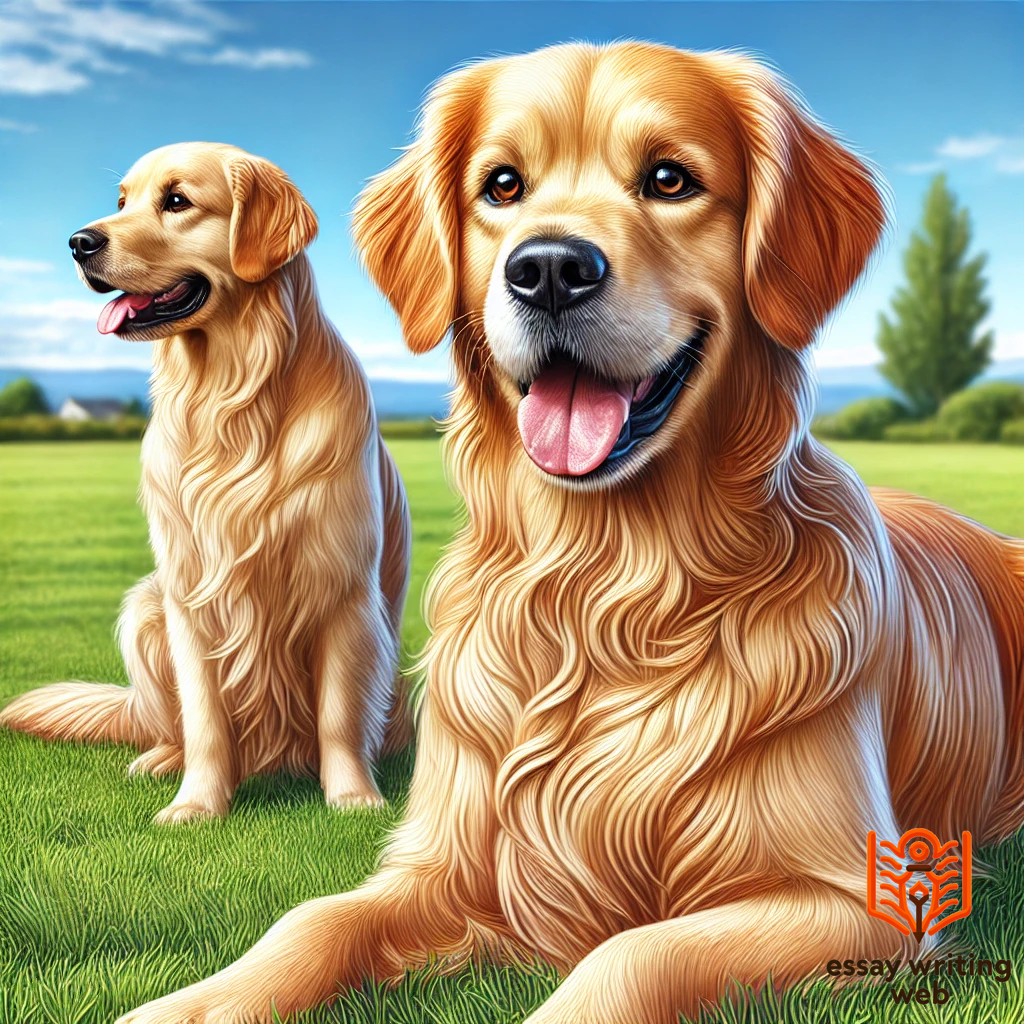
Poodles are highly intelligent and easily trainable dogs. They come in different sizes, from toy to standard, making them a popular choice in various settings. Known for their curly coats and elegant appearance, Poodles excel in dog sports and are hypoallergenic, making them suitable for people with allergies.
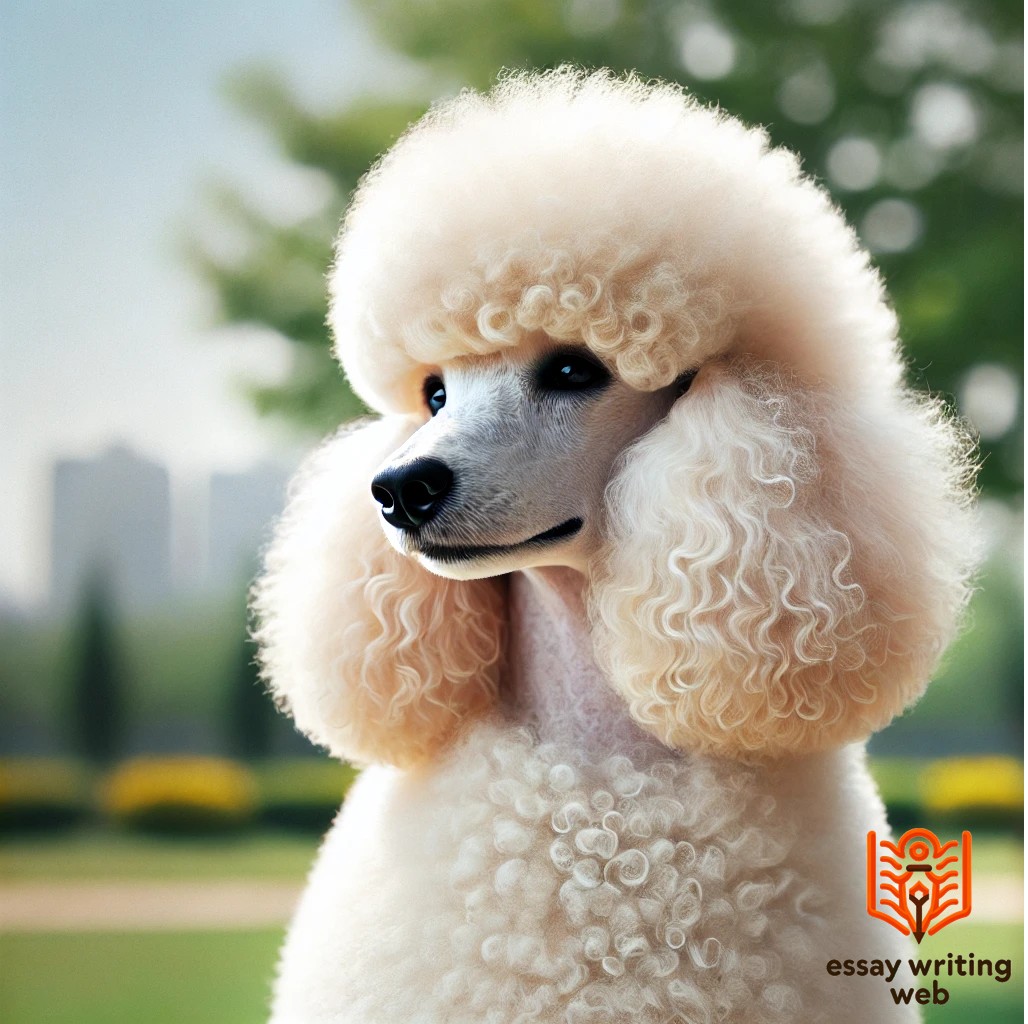
Beagles are small to medium-sized dogs known for their curious, lively personality. Originally bred for hunting, Beagles have an excellent sense of smell and an energetic nature. Their size and friendly temperament make them ideal pets for families and individuals alike.
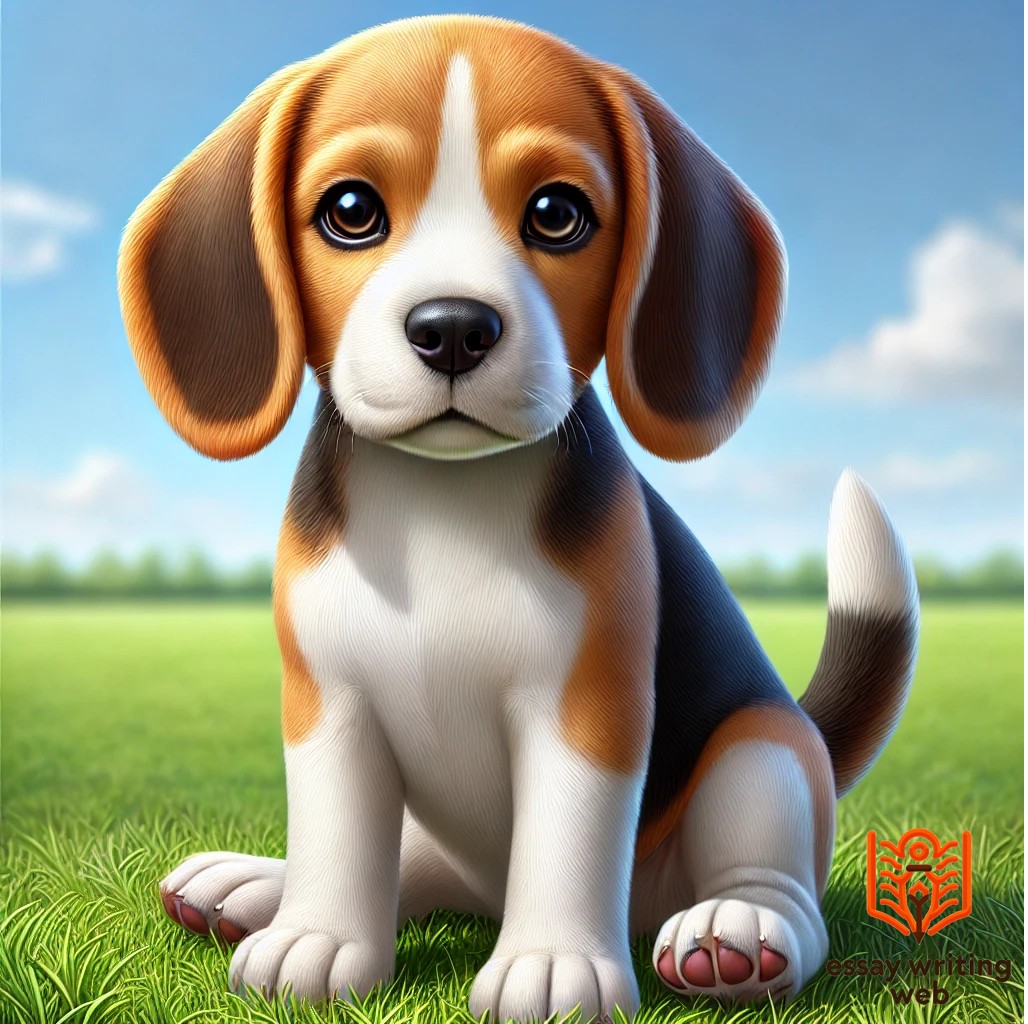
Bulldogs are known for their wrinkled faces, muscular build, and calm demeanor. Despite their tough appearance, Bulldogs are gentle and affectionate dogs, making them popular family pets. They are particularly beloved in urban settings due to their relatively low exercise needs and easy-going attitude.
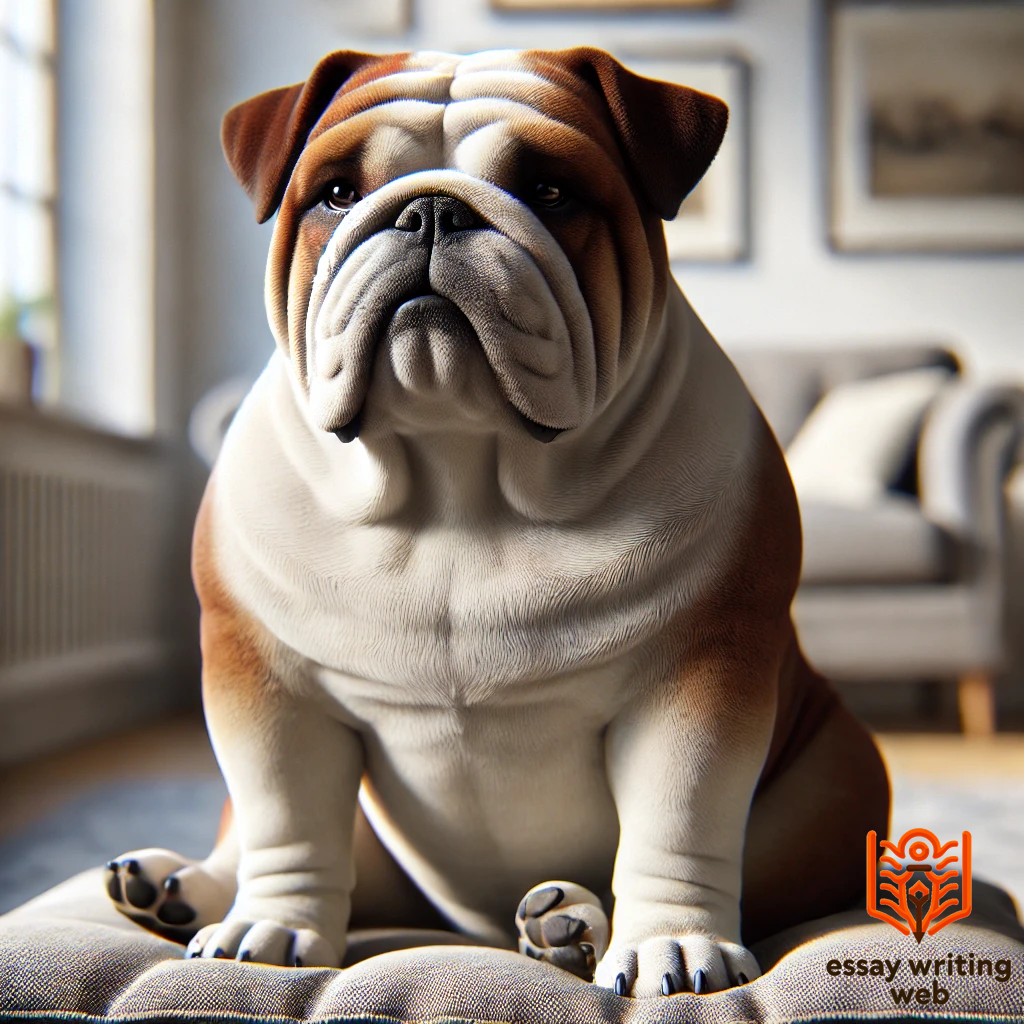
The Shih Tzu is a small, playful breed known for its long, flowing coat and affectionate nature. Originally bred as companion dogs for Chinese royalty, they are great lap dogs. Shih Tzus are popular in households around the world because of their friendly and adaptable temperament.
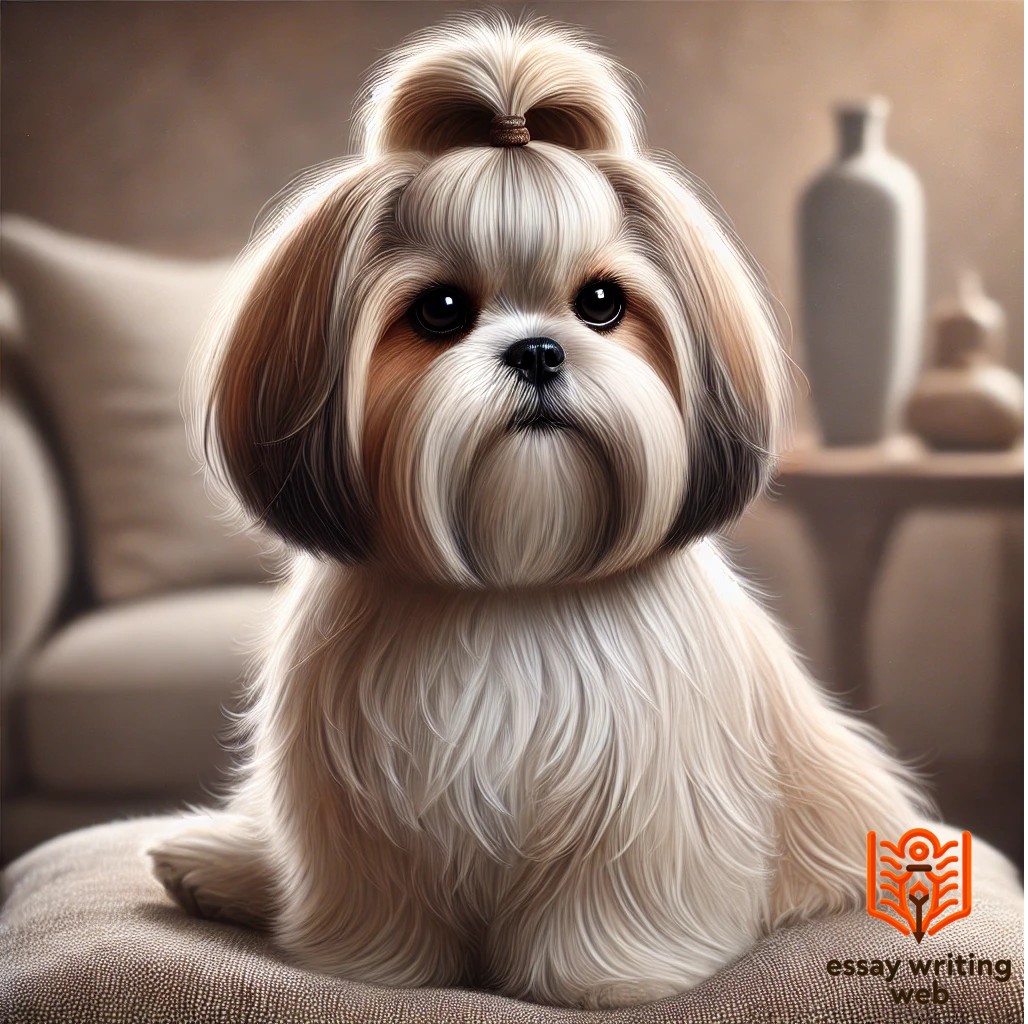
These popular dog breeds demonstrate the diversity and adaptability of dogs to different environments, roles, and lifestyles. Whether for companionship, work, or therapy, these breeds have captured the hearts of people worldwide.
Dogs have played a significant role in human life for thousands of years, offering companionship, protection, and various services. Known for their loyalty and intelligence, dogs have been valued as faithful companions, providing emotional support and unconditional love. They help reduce stress, anxiety, and even lower blood pressure, making them ideal for people who seek emotional comfort.
Apart from being companions, dogs serve critical roles in fields like law enforcement, where they assist in detecting drugs and explosives, tracking missing people, and aiding police in criminal investigations. Service dogs are trained to assist individuals with disabilities, helping the visually impaired navigate their surroundings and alerting those with medical conditions like epilepsy to imminent seizures.
In agriculture, dogs help herd livestock, while hunting breeds aid in tracking and retrieving game. Their keen sense of smell has also made them valuable in search and rescue missions, especially during natural disasters.
Dogs' roles in therapy are expanding as well, providing comfort to hospital patients, the elderly, and those suffering from PTSD. Whether as workers or companions, dogs enrich human lives in numerous ways, showcasing their versatility and deep bond with humans. Their presence enhances emotional well-being and ensures safety, making them irreplaceable in many aspects of life.
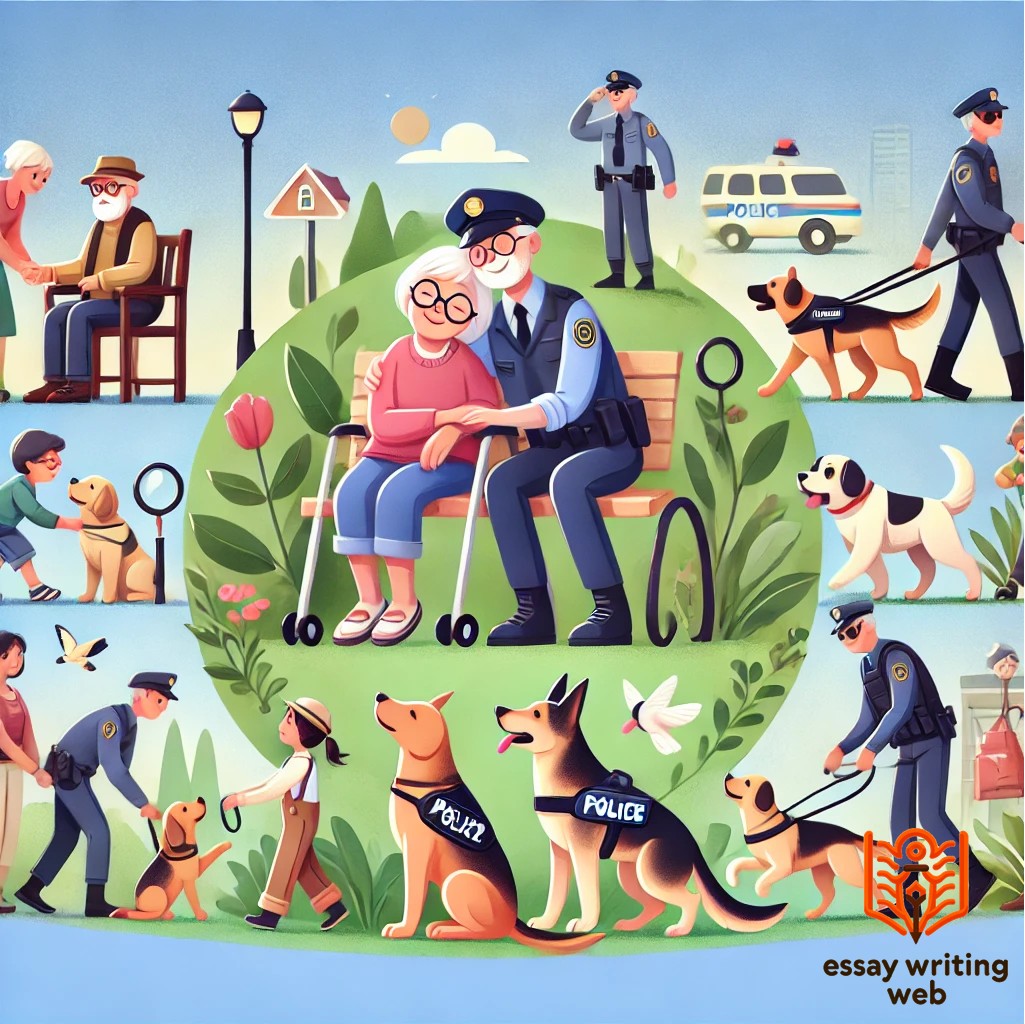
Caring for a dog requires dedication, responsibility, and love, as these loyal animals depend on their owners for their well-being. The foundation of good care begins with providing a nutritious, balanced diet tailored to the dog's age, size, and breed. Regular feeding schedules ensure that the dog maintains a healthy weight and avoids potential health issues.
Exercise is essential for a dog's mental and physical health. Daily walks, playtime, and mental stimulation help release energy, prevent boredom, and reduce behavioral problems. Grooming, including brushing, bathing, and nail trimming, is important to keep the dog's coat clean and skin healthy, depending on the breed's specific needs.
Routine veterinary visits are vital for vaccinations, parasite prevention, and early detection of health problems. Dogs also need dental care, as neglecting oral hygiene can lead to more serious conditions. Additionally, providing a safe environment and comfortable living space helps dogs feel secure and loved.
Beyond basic needs, emotional care is just as important. Spending quality time, offering affection, and training a dog with positive reinforcement helps build a strong bond. A well-cared-for dog will thrive and, in return, provide unconditional love and companionship to their owner.

Dogs have been an integral part of human culture and society for thousands of years, symbolizing loyalty, protection, and companionship. Across different cultures and historical periods, dogs have held a special place in people's lives, serving not only as pets but also as protectors, hunters, and symbols of various values.
In ancient Egypt, dogs were revered and often associated with gods like Anubis, the guardian of the afterlife. Similarly, in Greek and Roman societies, dogs symbolized loyalty and were often featured in art and literature. In Hindu culture, dogs are considered the vehicle of Bhairava, a form of Lord Shiva, symbolizing protection and guardianship. Meanwhile, many Native American cultures saw dogs as spiritual guides, offering protection and wisdom.
In modern society, dogs continue to play diverse roles. They are cherished as family members, offering companionship and emotional support. In urban settings, therapy dogs provide comfort to people in hospitals, schools, and disaster-stricken areas. Their role in law enforcement and military operations further highlights their versatility and importance in human life.
In literature and media, dogs are often portrayed as loyal companions, embodying virtues of bravery and selflessness. Famous dogs like Lassie and Hachiko have become cultural icons, symbolizing the deep bond between humans and dogs.
Overall, dogs have transcended their role as mere animals to become symbols of loyalty, protection, and love across various cultures and societal contexts. Their enduring presence continues to enrich human lives, making them an irreplaceable part of human culture and history.
